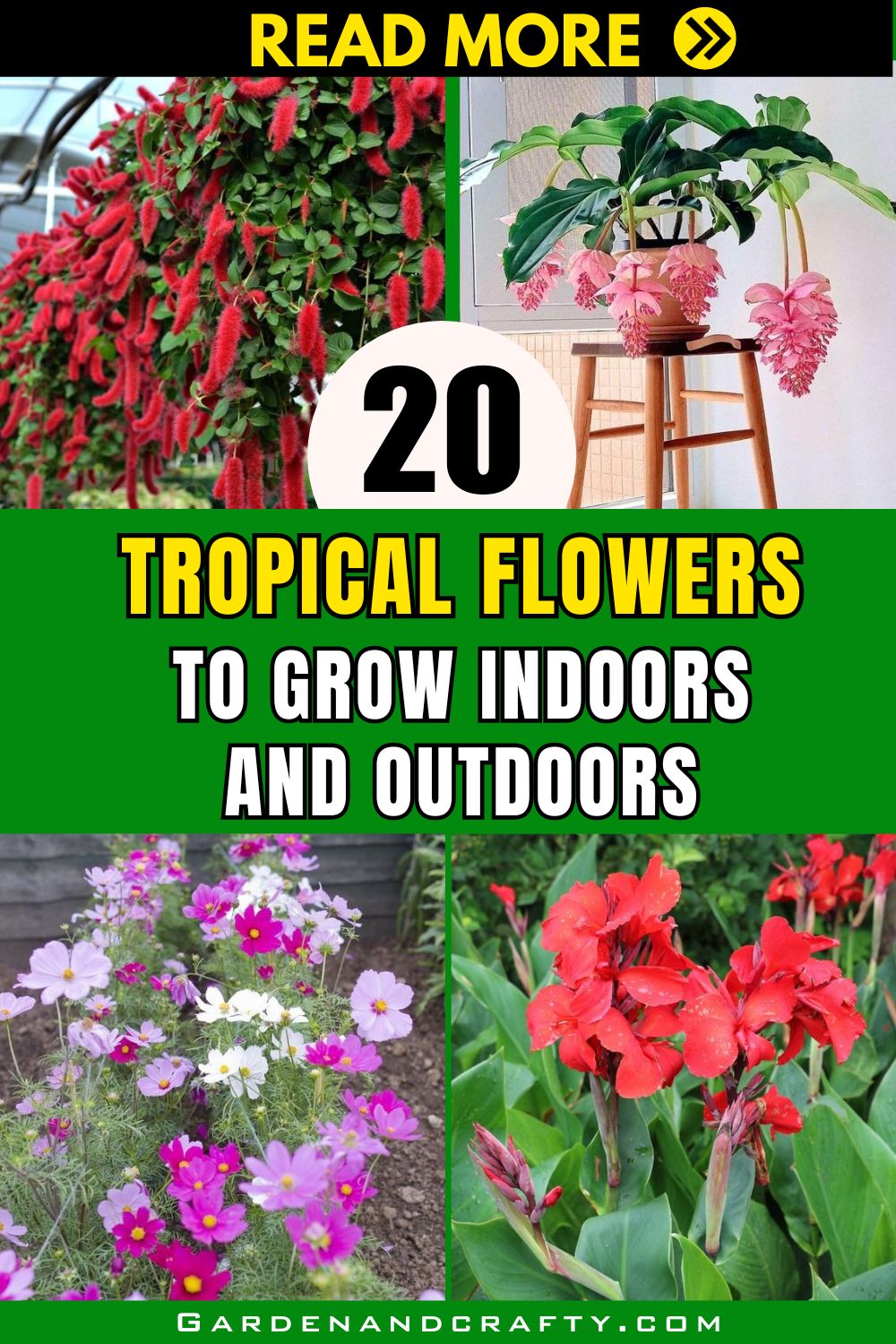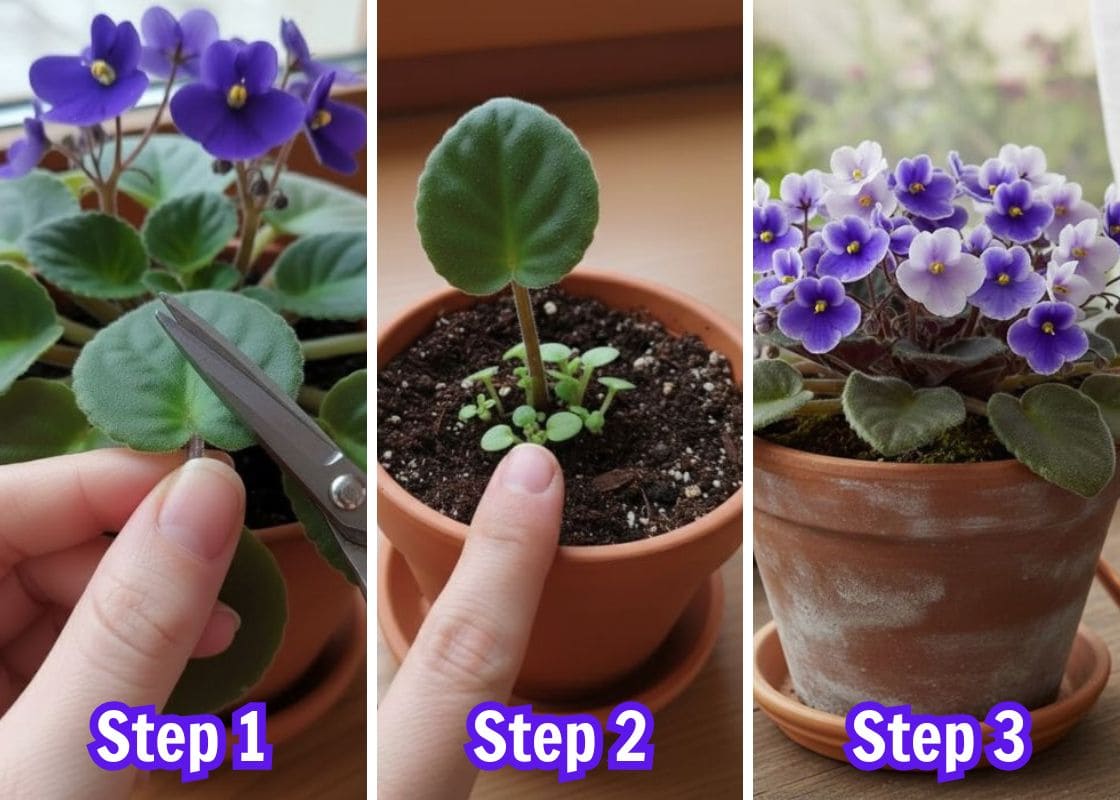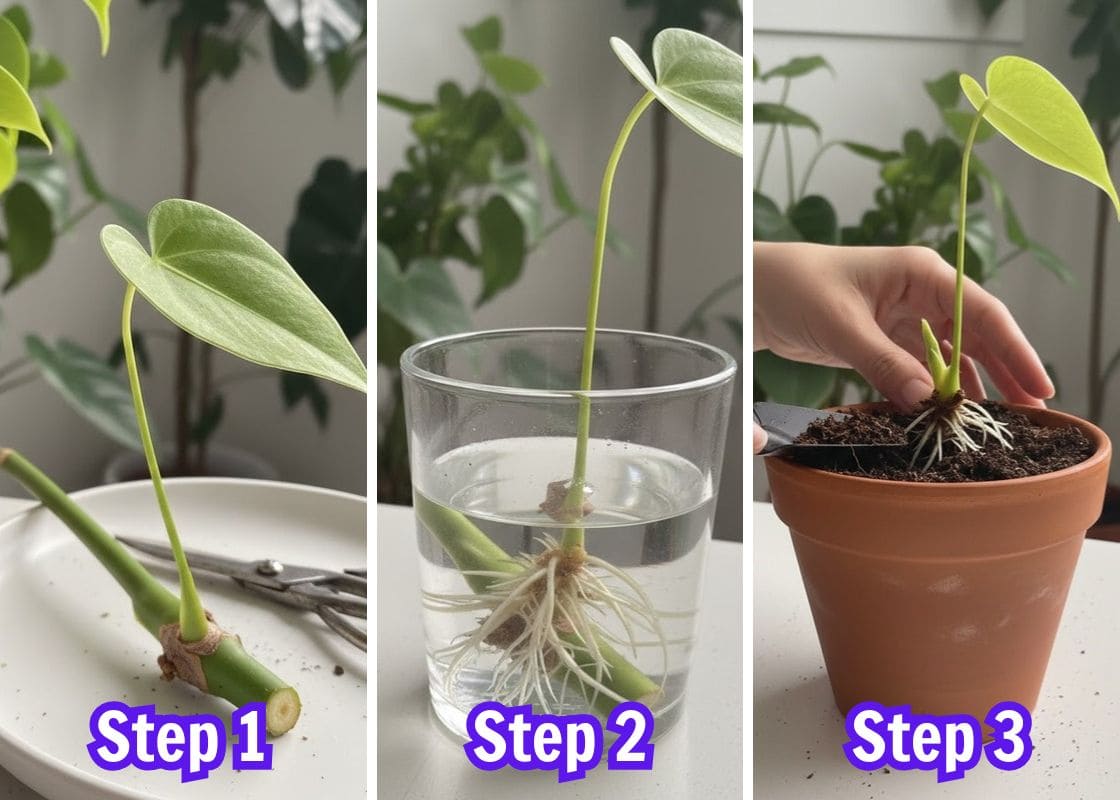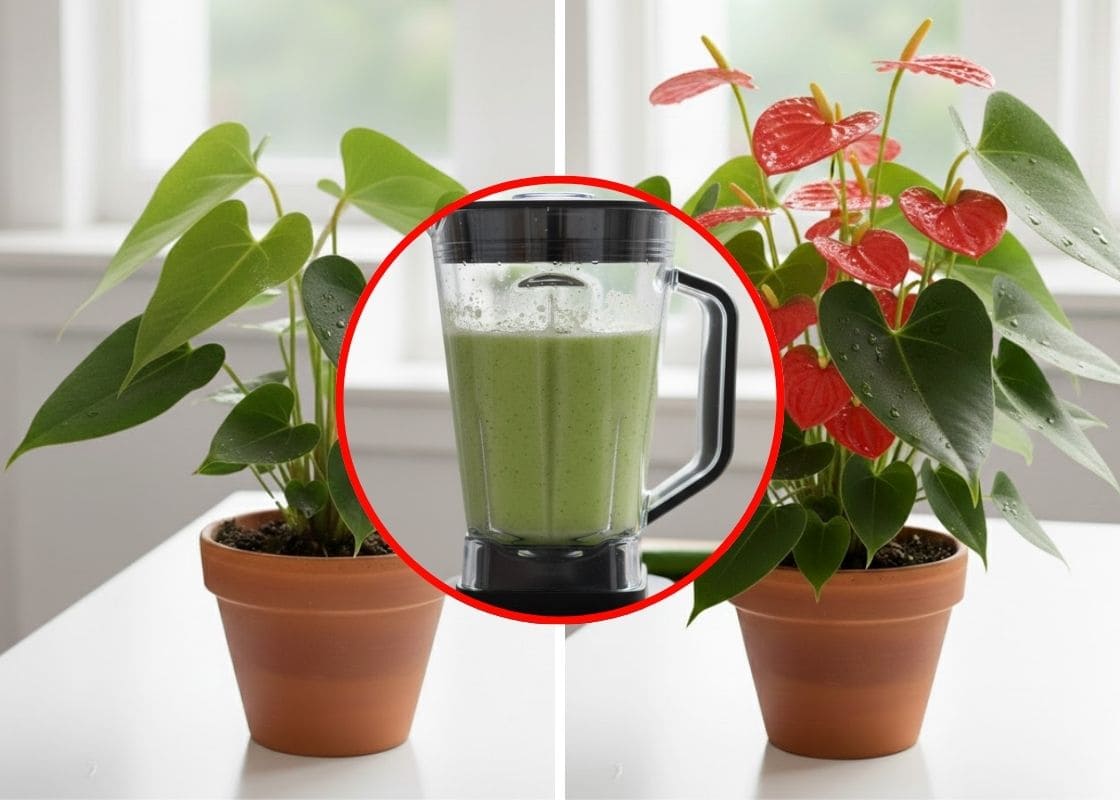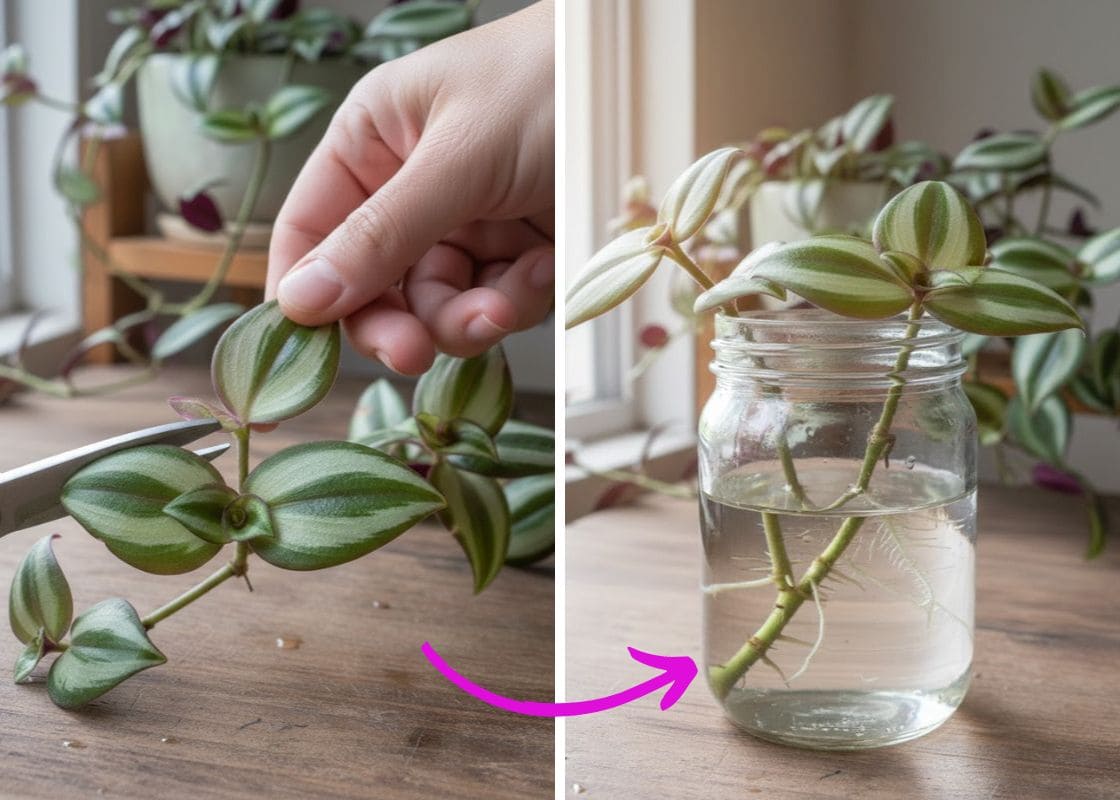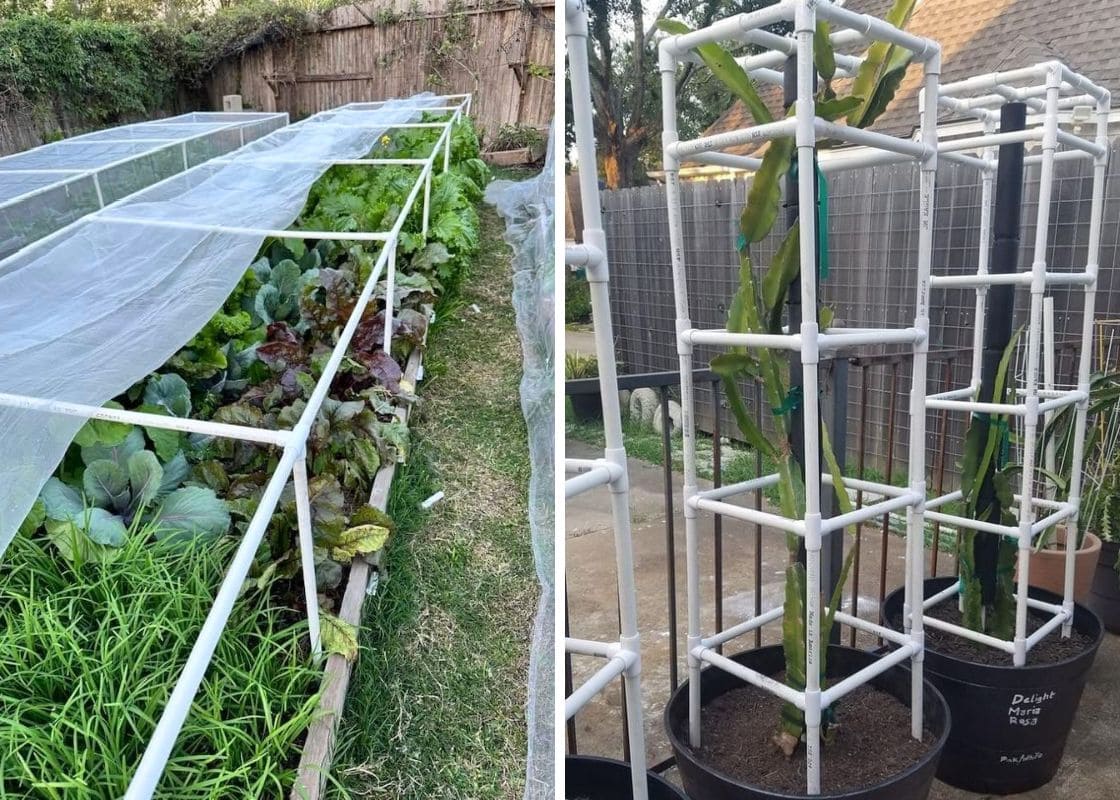Tropical flowers are secrets to your vacation envy, as they are both stunning and easily accessible. By transforming your outdoor space to feature blooms from your beloved destinations, you not only infuse it with captivating colors and alluring fragrances, but also unique and rare beauty. Unlike common flowers, exotic blooms add a personal touch that truly sets them apart. Additionally, the ability to cultivate tropical flowers indoors ensures year-round enjoyment, making the selection of these exceptional plants even more thrilling.
#1. Hibiscus

The hibiscus, with its flamboyant, trumpet-shaped blooms, is a tropical classic that adds a burst of color to any garden. It brings a flamenco vibe to your garden and indoor containers even for beginners.
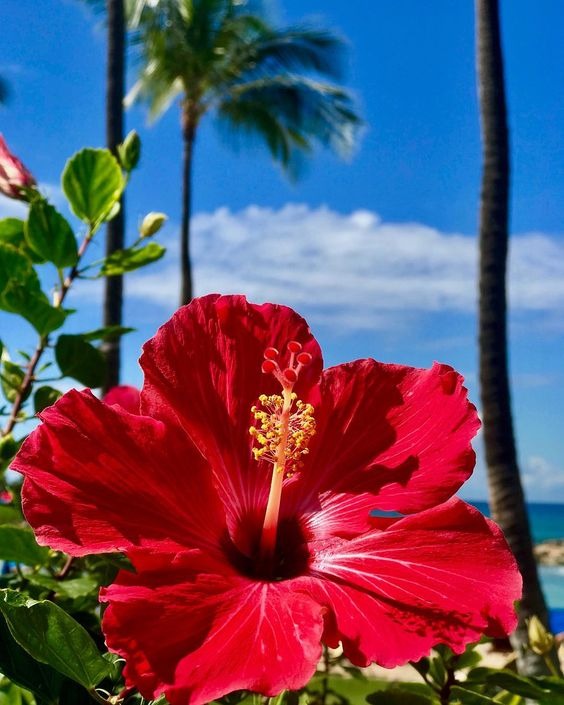
To care for this beauty, provide full sun, consistent watering, and well-draining soil. Hibiscus loves humidity, so misting the leaves is beneficial.
#2. Bromeliad
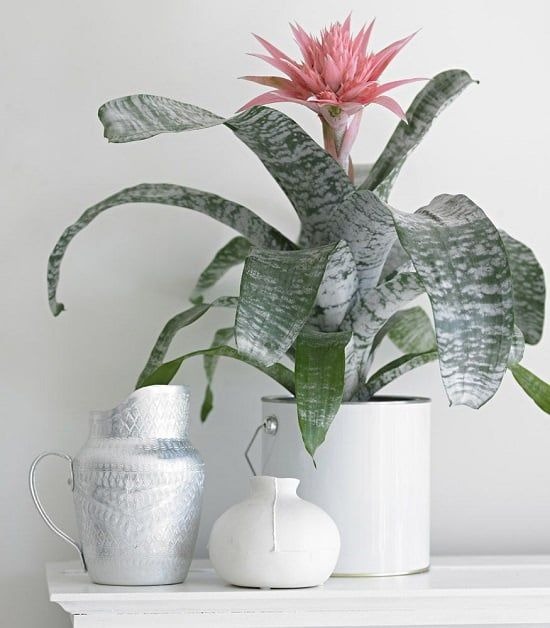
Known for its exotic rosette shape and vibrant colors, the bromeliad is a tropical gem. These plants thrive in bright, indirect light and well-draining soil.
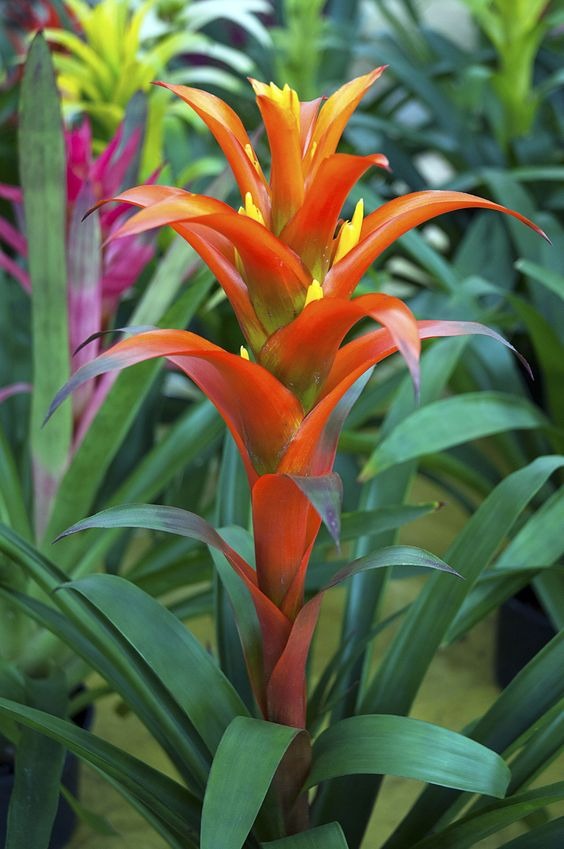
You should water them by filling the central cup of the rosette and allowing the soil to dry between waterings. Bromeliads enjoy higher humidity levels, making them perfect for tropical climates.
#3. Clivia
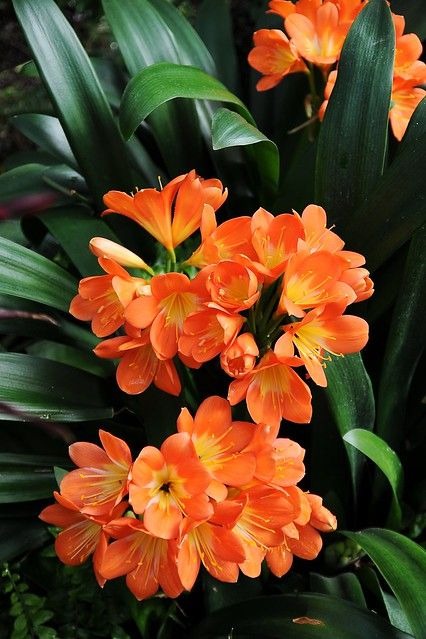
Clivia, also known as the natal lily, brings elegance with its clusters of trumpet-shaped orange flowers. The plant should be grown in partial shade in well-draining soil. Keep the soil consistently moist during the growing season, but reduce watering in the winter.
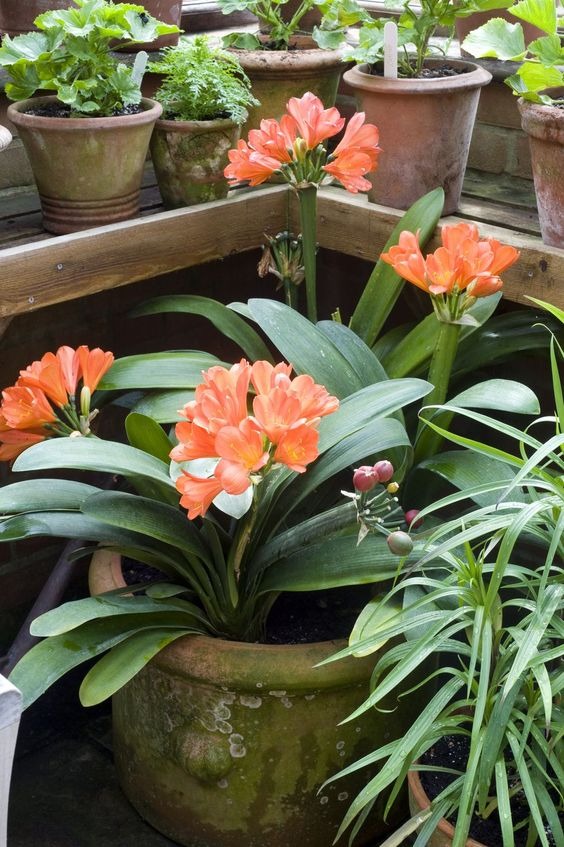
Clivia thrives in moderate humidity and benefits from occasional misting. Fertilize with a balanced liquid fertilizer during the growing season, and you’ll enjoy the beauty of Clivia year after year.
#4. Chenille
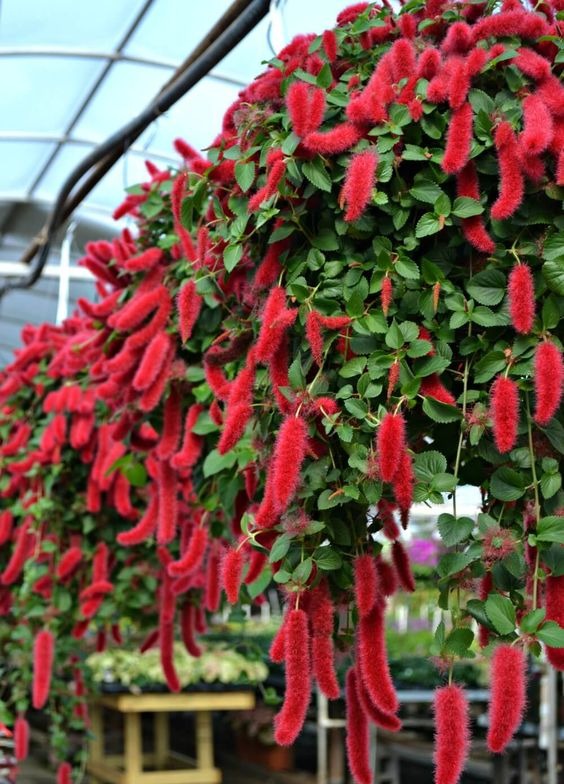
The chenille plant has the potential to thrive under the care of any gardener, as long as it receives an adequate amount of water and sunlight. This delightful plant, commonly known as the red-hot cattail, may benefit from supplementary lighting using a grow light to ensure successful winter survival.
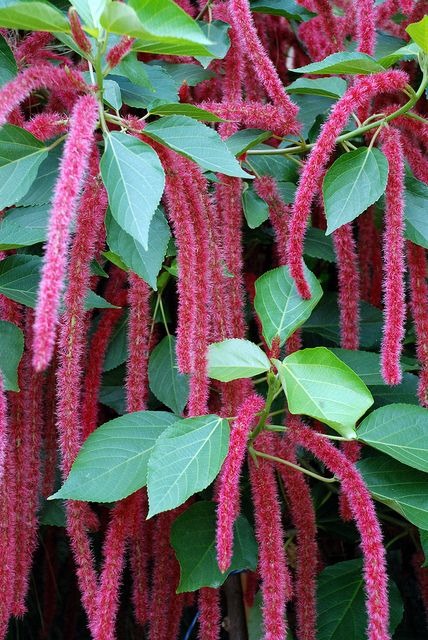
In tropical climates, it can grow up to 15 feet tall and 8 feet wide and smaller if grown in containers or indoors.
#5. Orchid
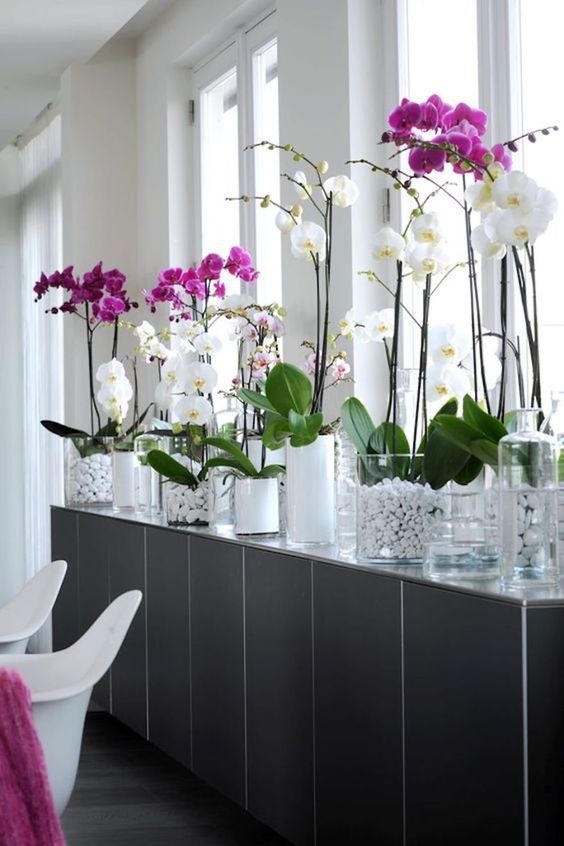
Orchids are always on top of the list of tropical plants. They are quite common and extremely easy to grow if you have a knack for tending to plants. However, depending on the variety, it may require a special touch to successfully nurture them.

Orchids love high humidity, so you should mist them regularly. It’s also crucial to fertilize with a specialized orchid fertilizer according to the package instructions during the growing season
#6. Jasmine
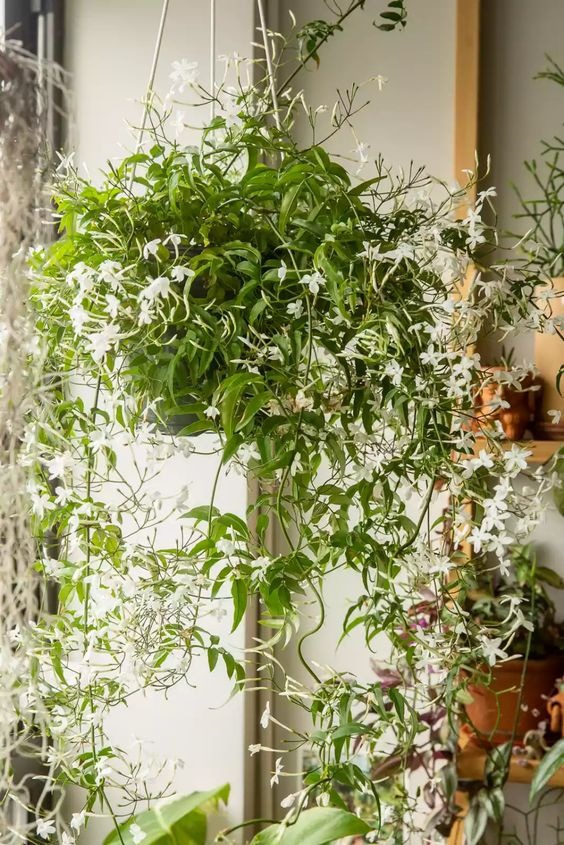
Known for its fragrant white flowers, jasmine is a tropical vine that adds a touch of romance to your garden, offering flowers from late spring through early fall.
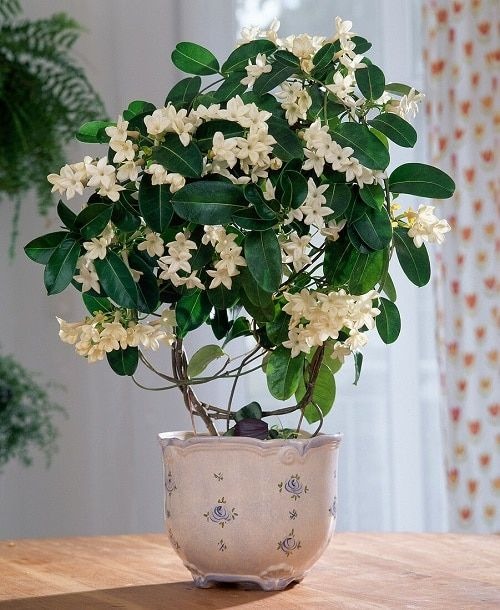
With regular pruning, gardeners can maintain this vigorous yet thin vine indoors. Humidity and watering are equally crucial for the health of plants. Plus, you should give jasmine cool, indirect light when it’s indoors, especially in the winter months.
#7. Protea
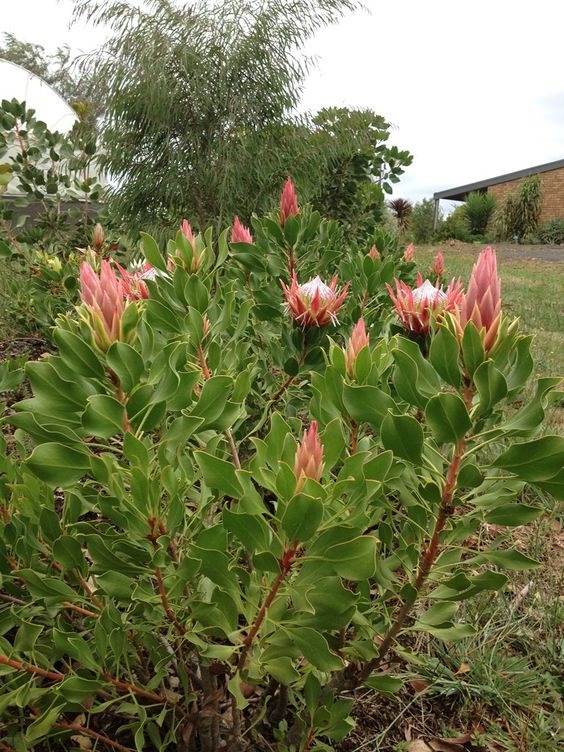
Protea is the national flower of South Africa and is native to the country. It is well-known for its seductive blossoms, which can have a central pom-pom of flower blossoms and flower heads that can be 6 to 12 inches across.
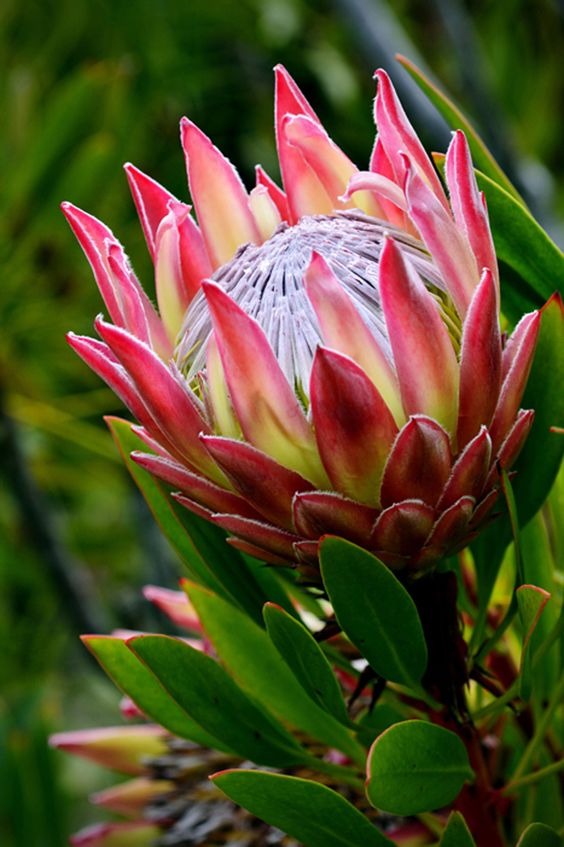
The blooms have an almost alien or otherworldly appearance, and they are surrounded by brightly colored bracts in the shape of bowls. They are frequently utilized in floral arrangements and cutting gardens.
#8. Bougainvillea
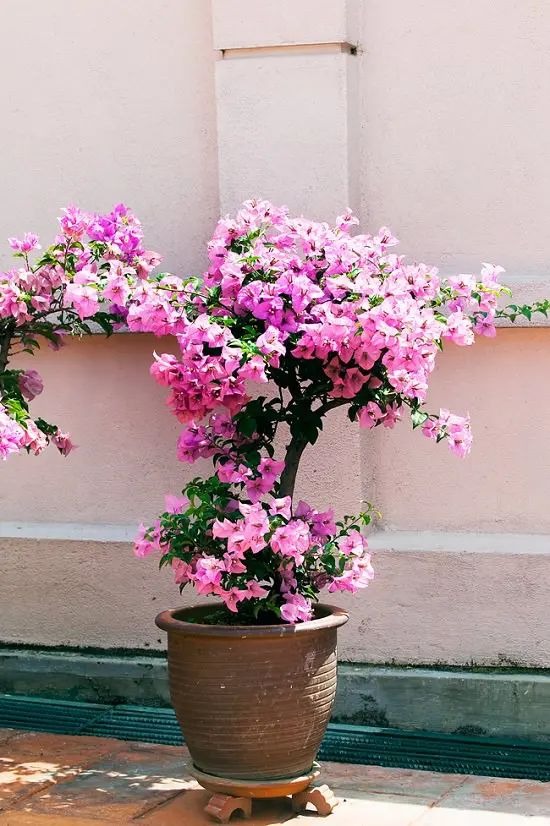
For a burst of color that defines the tropics, bougainvillaea is a go-to choice. It prefers to be planted in full sun and well-draining soil.
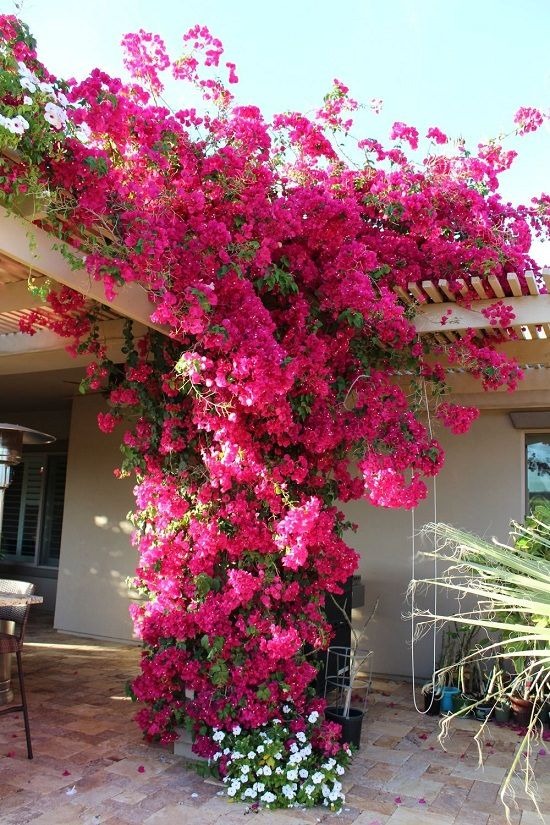
Bougainvillea thrives in high humidity but can tolerate drier conditions. Feed with a balanced, water-soluble fertilizer every 4-6 weeks during the growing season, and you’ll have a cascading display of vibrant blooms.
#9. Anthurium

Anthurium andraeanum is a flowering plant species in the Araceae family that is native to the rainforests of Ecuador and Columbia. Growing up the sides of trees or rocky outcroppings in their natural habitat, these epiphytes draw nutrients mainly from the air and water, not from their roots and soil.
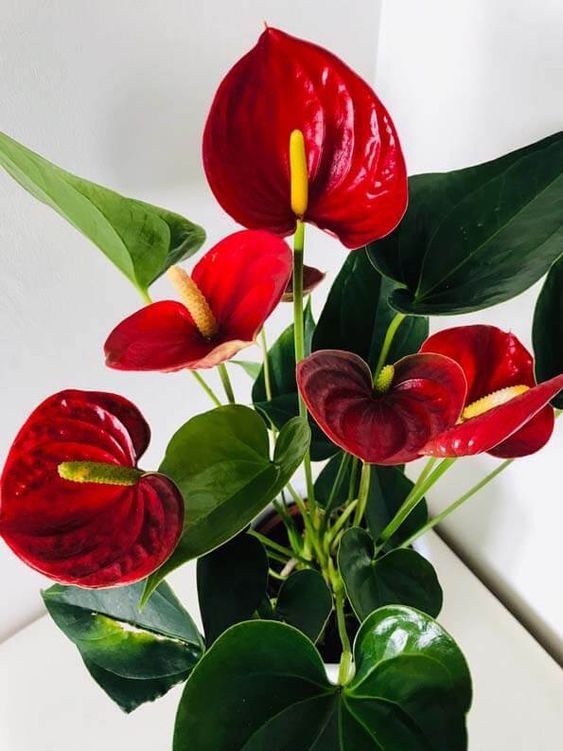
Like orchids, anthuriums enjoy bright indirect sunlight, warm, humid air, and slightly acidic soils that drain easily and provide lots of airflow.
#10. Medinilla
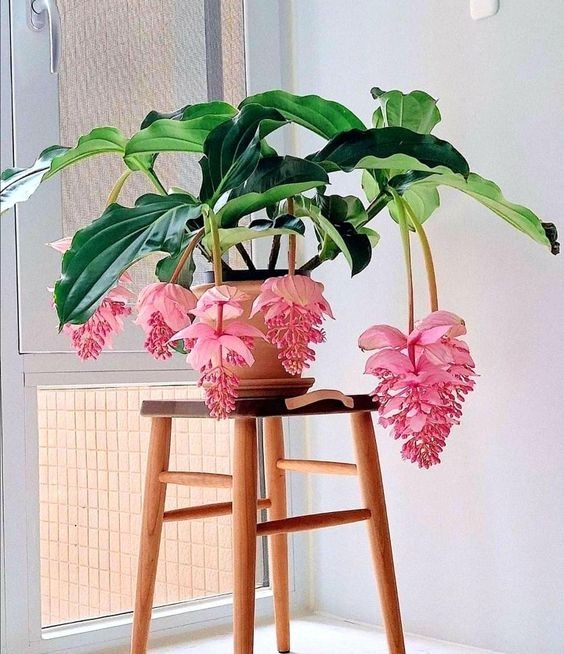
Pink maiden, or Medinilla magnifica, differs from many other tropical flowers in that it likes a shaded spot in the garden. Treat your Medinilla as you would an orchid. It grows as an epiphyte in the wild, so follow the same care instructions.

To be specific, provide it with dappled sunlight, moderate temperatures, orchid bark, and minimal watering. Your Medinilla will survive the dry conditions of a winter windowsill with a daily mist.
#11. Penta
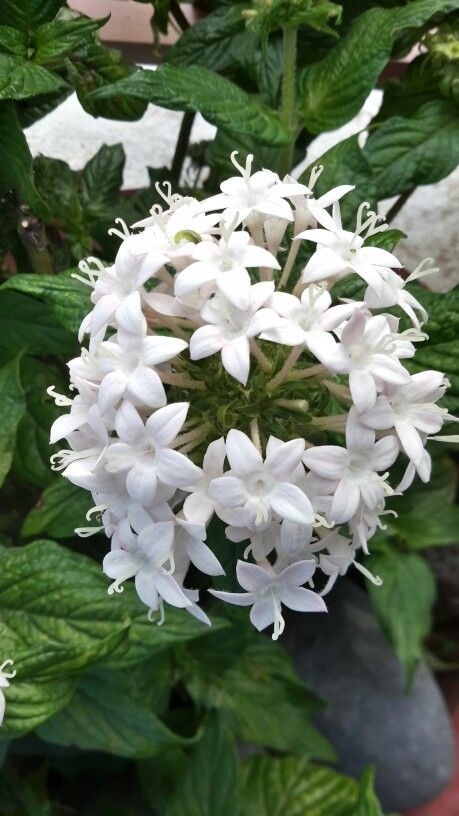
Penta, also known as Star Cluster, is a tropical favorite for attracting pollinators with its star-shaped blooms. All summer long, the pollinator-attracting penta attracts butterflies, bees, and birds which indulge in its star-shaped tropical blooms.
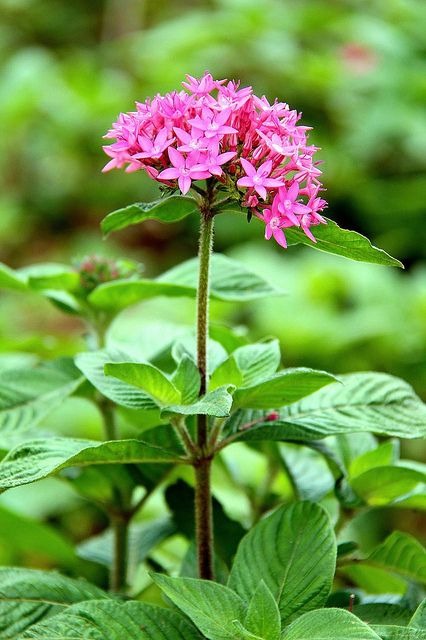
Throughout the summer, 12-inch-tall plants require full sun, well-drained soil, and average water requirements to display clusters of star-shaped flowers.
#12. Lantana
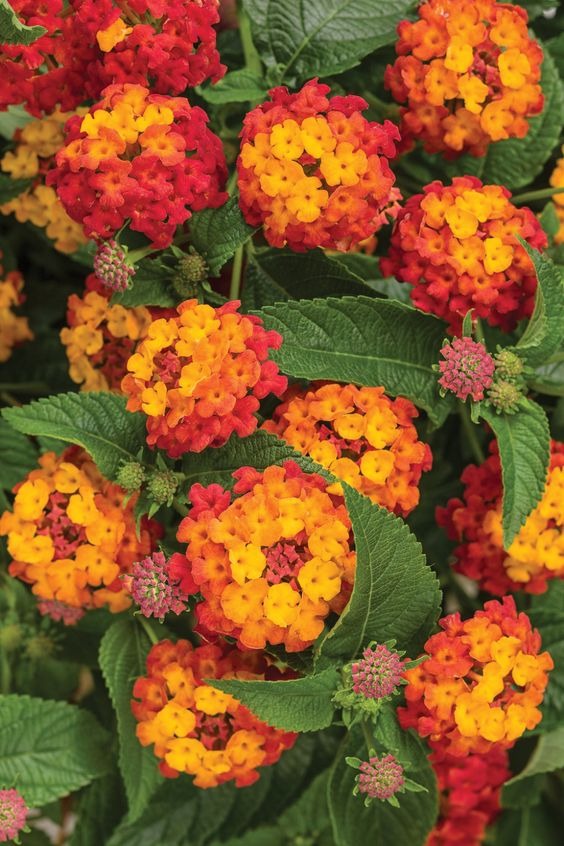
Lantana, with its clusters of colorful and aromatic flowers, is also a tropical shrub that attracts butterflies and hummingbirds. However in many tropical regions around the world, it is regarded as an invasive species. Common lantana has a reputation for being hard to get rid of in these places because its roots spread easily and are challenging to destroy. 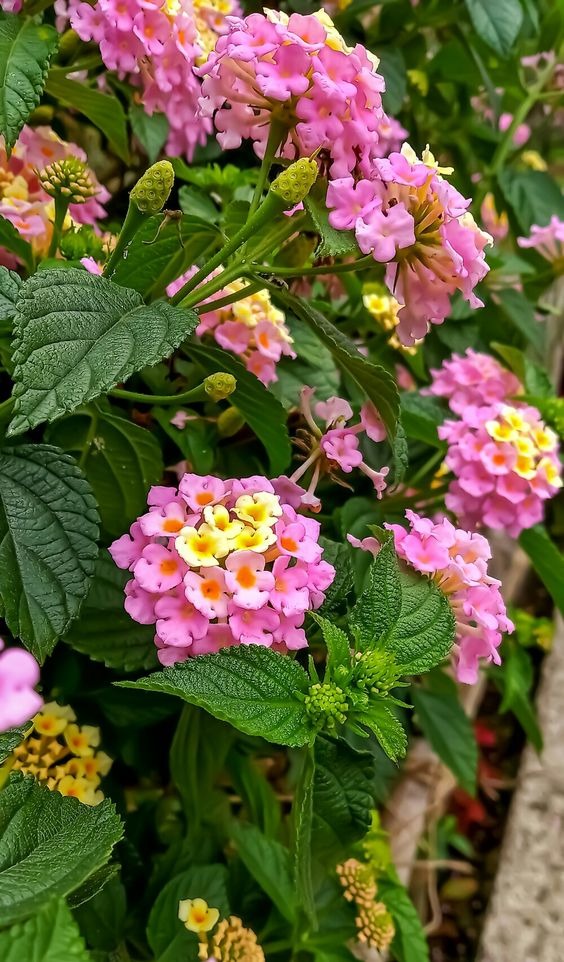
That being said, in colder climates where it cannot survive the winter, it is a lovely tropical plant to grow in container gardens.
#13. Angel’s Trumpet
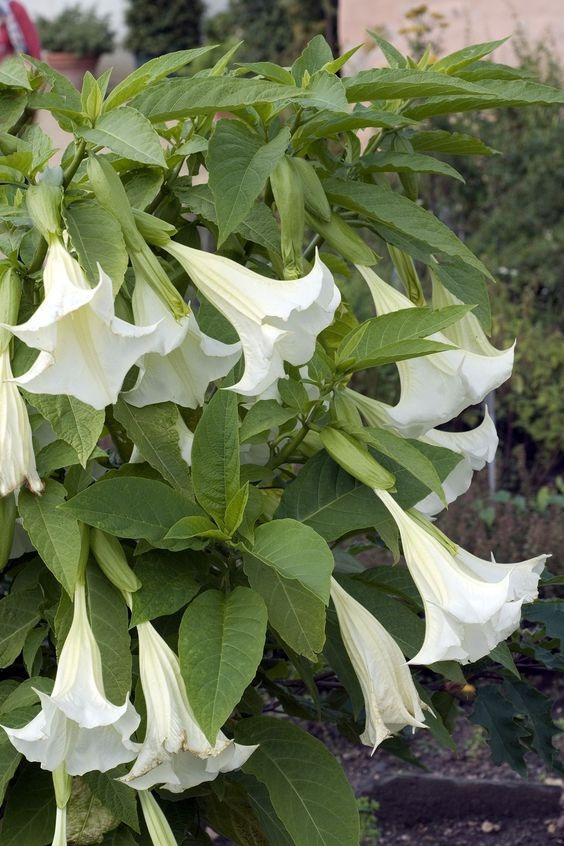
Angel’s Trumpet, with its trumpet-shaped and fragrant flowers, adds a touch of magic to tropical gardens. These bell-shaped flowers bloom quickly and fill the air with a sweet fragrance after dusk. 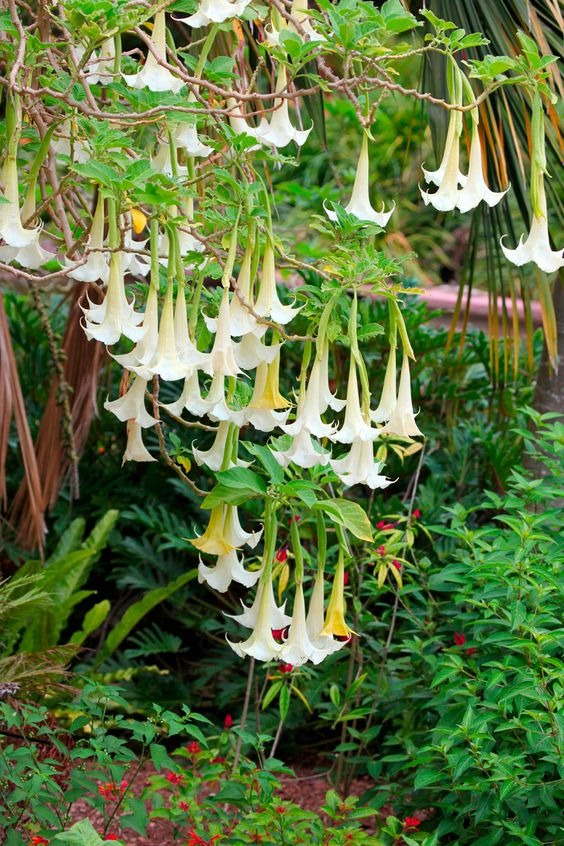
Provided that they receive adequate moisture, they can also flourish in containers. Just be careful where you plant them because the whole plant is poisonous.
#14. Bird Of Paradise
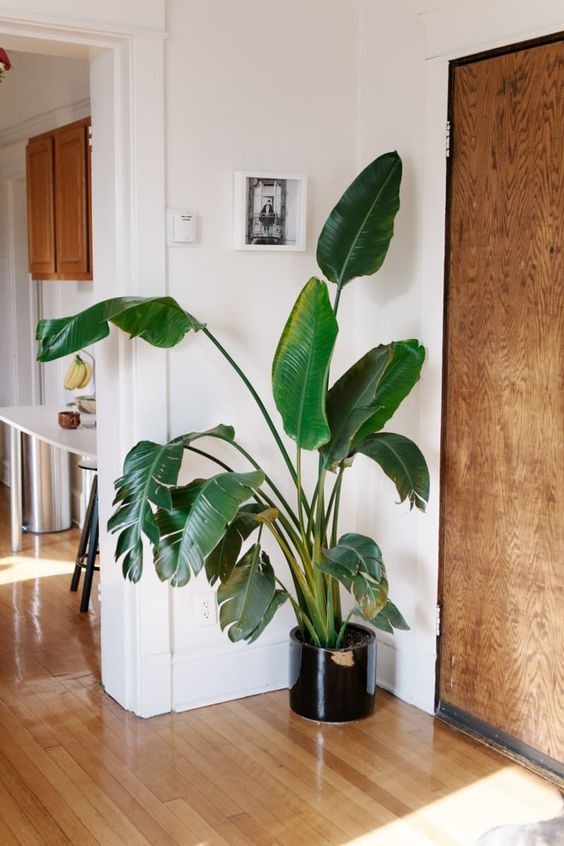
When it comes to tropical plants, you should not miss the bird of paradise, which features distinctive banana-shaped leaves and bird-like blooms.

Just make sure to plant it in a wind-sheltered spot because a strong gust could break off those lovely leaves. Be aware that it’s toxic and should be planted out of reach if you have pets.
#15. Canna

Canna, with its vibrant and tropical-looking flowers, is a showstopper in any garden. The best part is it’s a perennial flower, offering vibrant color year after year. Plus, it adapts to a wide range of soil types, the only key is to keep the soil well-drained.
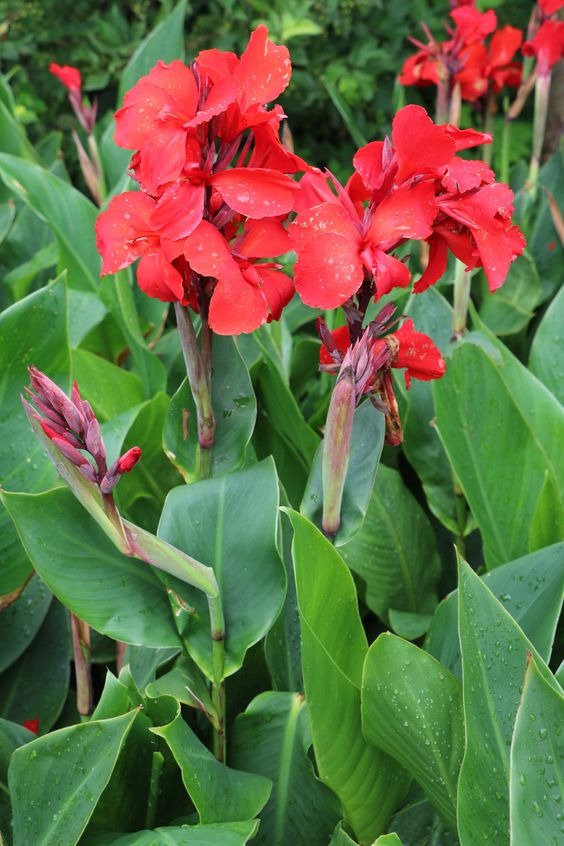
The plants are edible and can be used in a variety of ways, such as cooking food in the leaves or using the roots to make sweet starch or other desserts.
#16. Plumeria
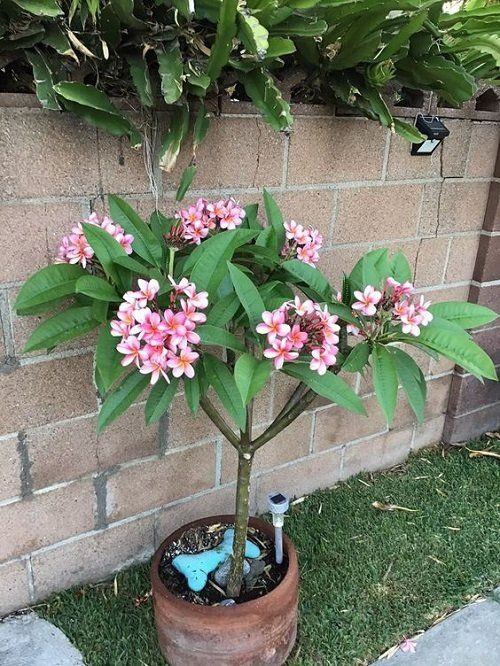
Plumeria, with its fragrant and colorful flowers, is synonymous with tropical landscapes. Growing this one is like bringing a Hawaii vibe right to your outdoor space.
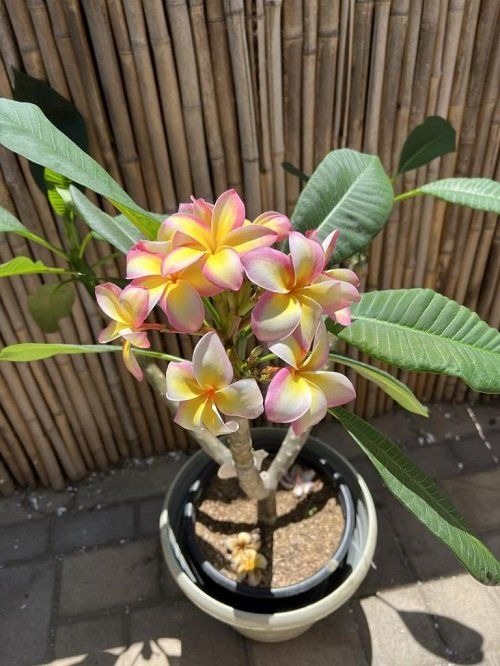
It likes to be fertilized with a high-phosphorus, water-soluble fertilizer every 2-4 weeks during the growing season for abundant flowers.
#17. Cape Plumbago
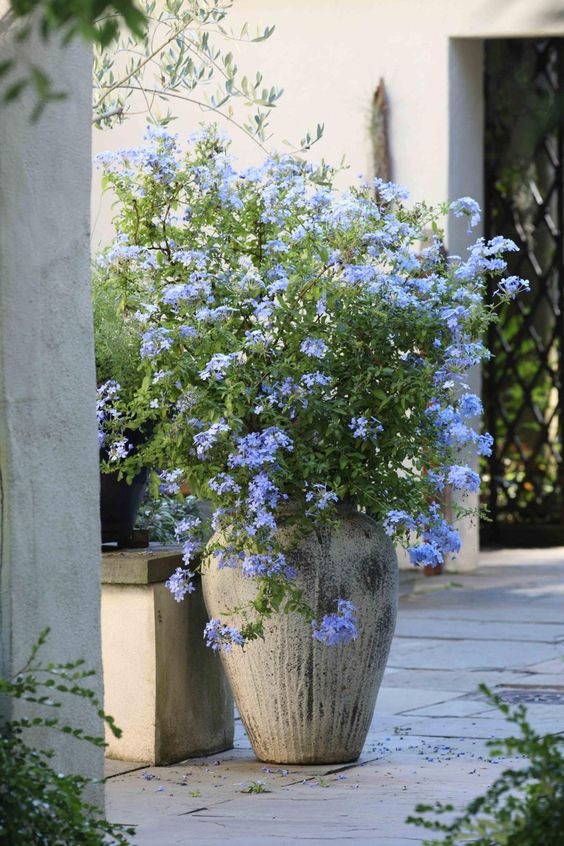
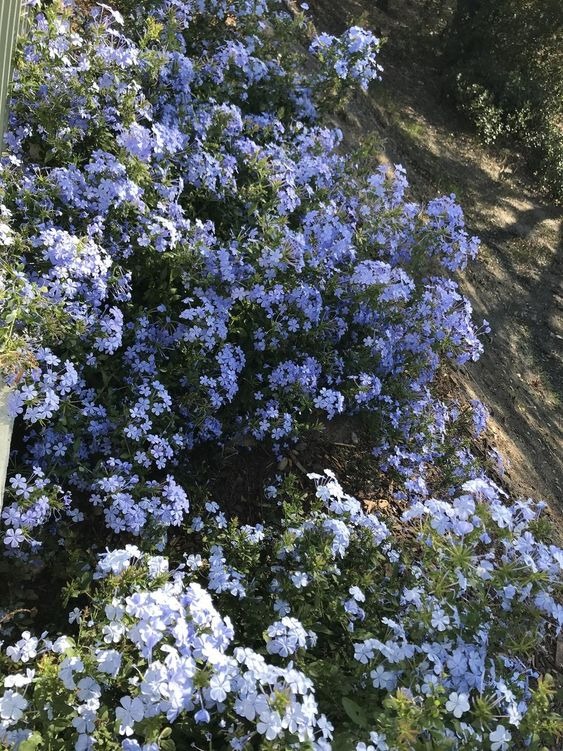
With its vine-like branches and periwinkle blooms straight out of a fairy tale, this shrub can magically makeover your backyard. Cape Plumbago is a year-round plant that can be trained to grow up a trellis in the manner of Rapunzel, or used as ground cover.
#18. Amaryllis
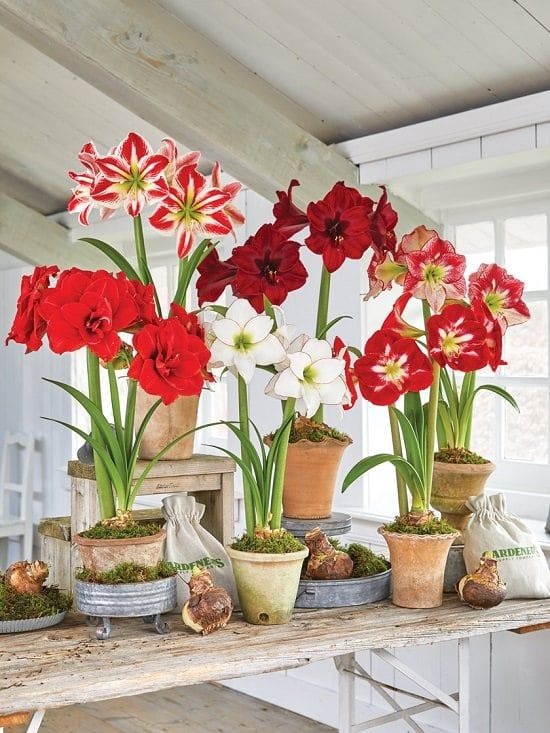
Known for its bold and vibrant blooms, the amaryllis is a tropical bulb that commands attention. These tropical flowers are indigenous to Brazil, Argentina, Bolivia, and Peru. Growing and giving the cherry-red varieties is very popular during the holidays.
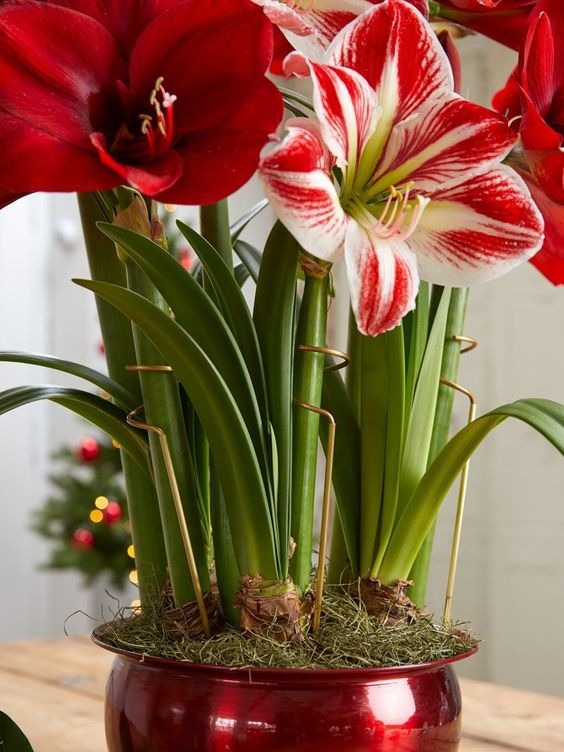
After the flowers fade, you should cut them off to prevent seed formation. Keep the leaves on the plant until they turn yellow, as they will produce food for the next blooming cycle.
#19. Garden Cosmos
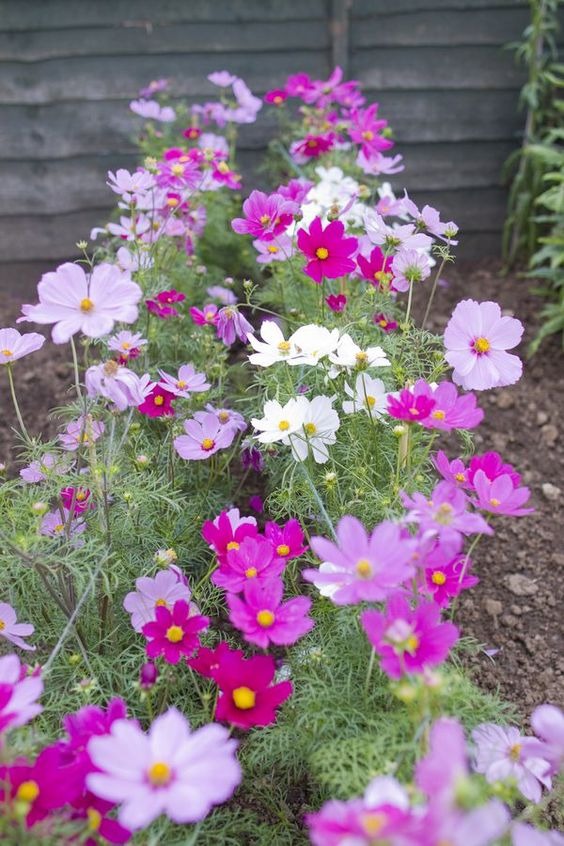
Garden Cosmos, with its delicate and daisy-like blooms, is a tropical annual that brings a touch of whimsy to your garden. It is well-suited for both humid and drier tropical climates.
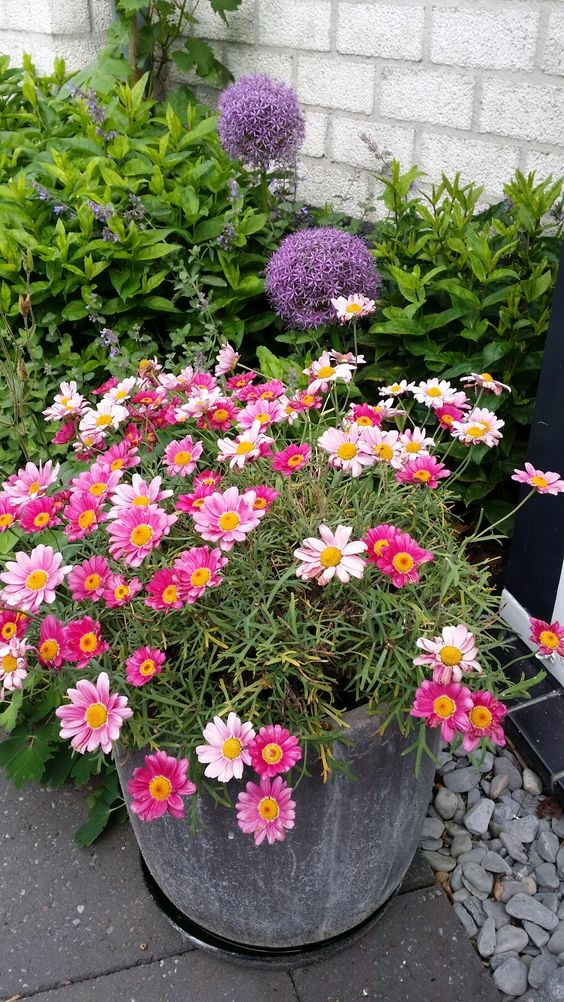
This herbaceous flowering plant has cheery eight-petaled blossoms with prominent golden-yellow pom-poms at their centers that come in a variety of pretty colors.
#20. Blood Lily
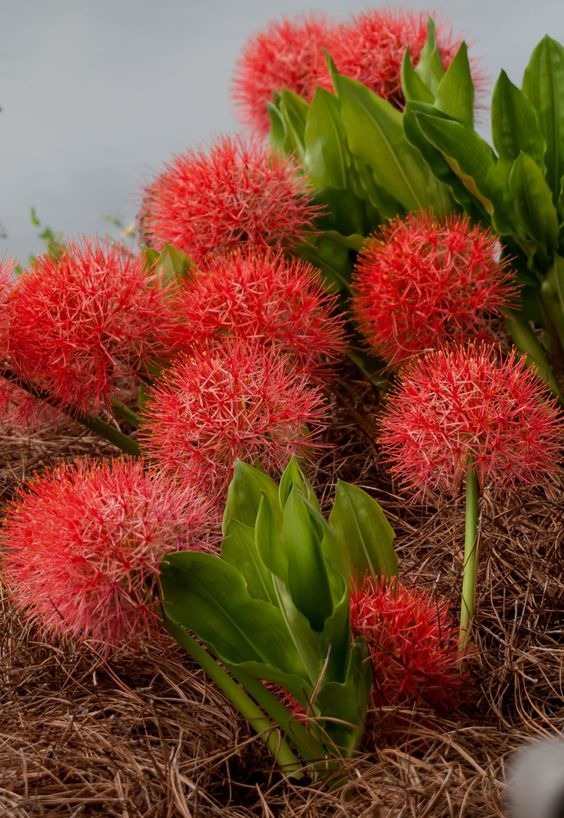
The Blood Lily, also known as Haemanthus, is a tropical bulb that adds a dramatic flair to your garden. They produce a globe-shaped cluster of 10 to 200 small, individual flowers at the top of these closely wound leaves.
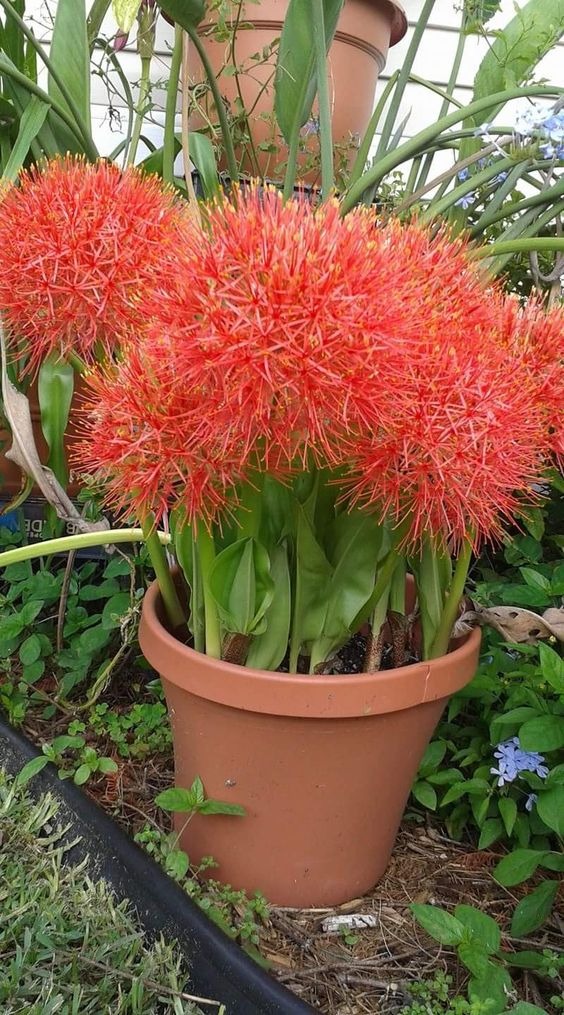
The flowers range in color from a faded pinkish-red to a fiery red. Some varieties of this plant are extremely poisonous and have been utilized to create poisons for arrows and fishing hooks.
Whether you’re in a humid tropical climate or a drier tropical region, there’s a diverse array of tropical flowers to choose from, each bringing its unique charm to your outdoor oasis. Plus, it’s important to tailor your care routine to the specific requirements of each tropical flower to ensure a flourishing and beautiful garden. And don’t forget to share with us stunning flowers – the fruits of your labor.
